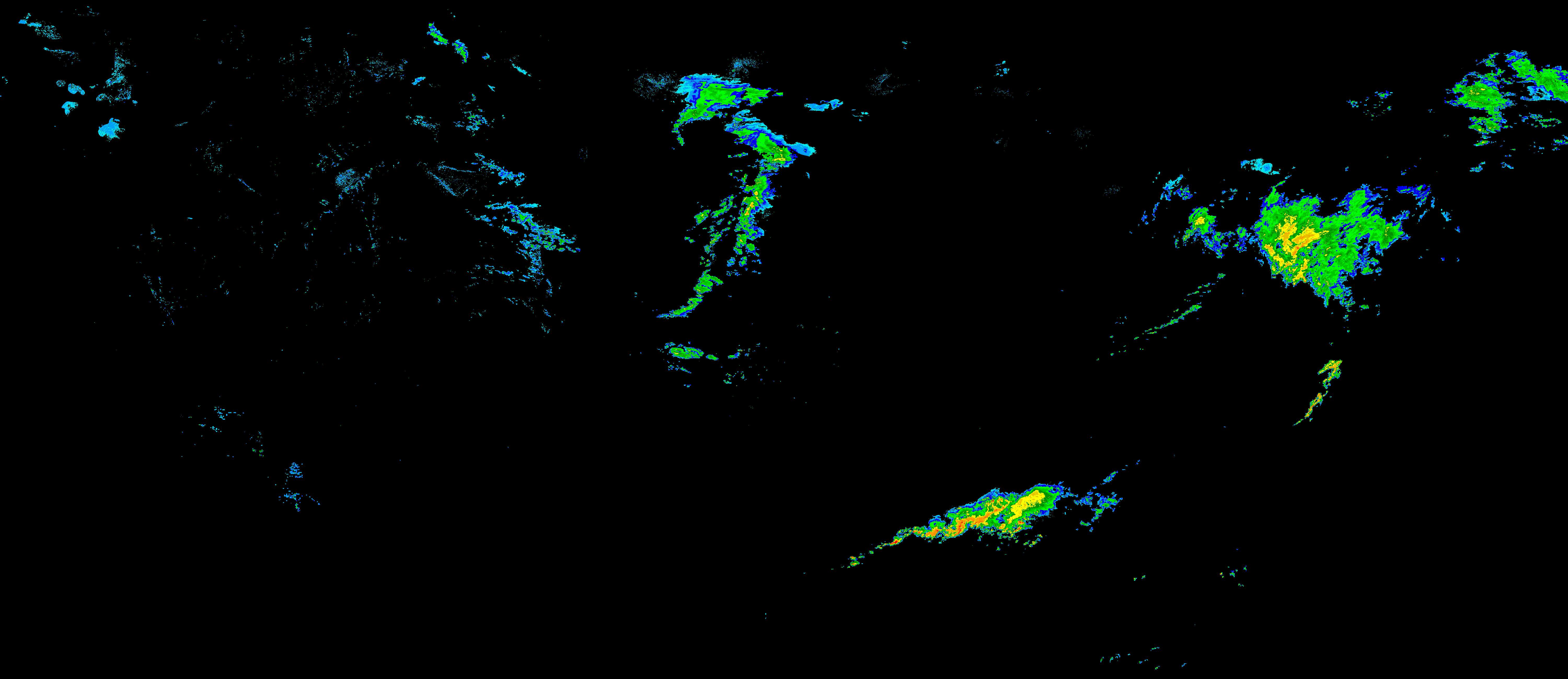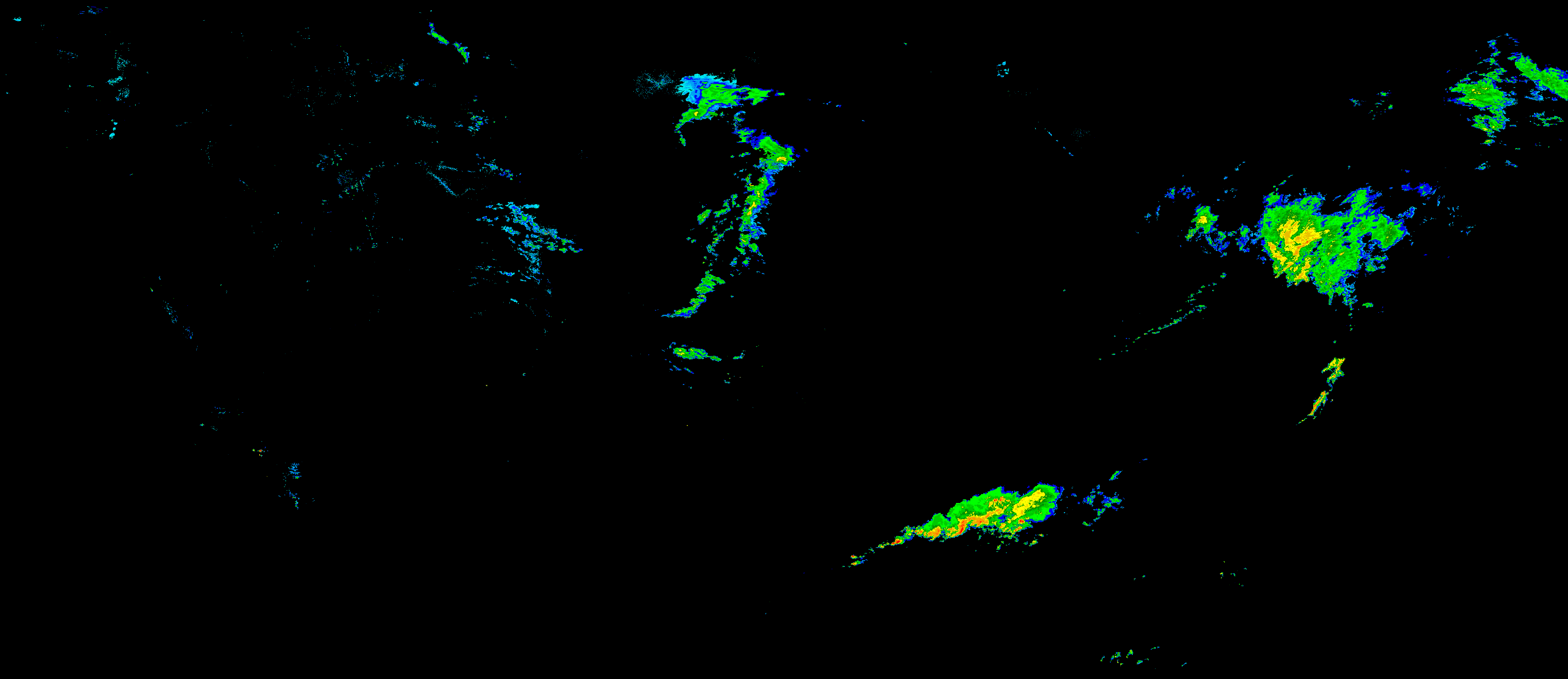Link: https://mesonet.agron.iastate.edu/docs/nexrad_mosaic/
Oh, where to start! One of the significant web traffic drivers to the IEM website are the NEXRAD Mosaics generated that are GIS friendly and have various OGC and TMS services available. I started this work back in 2003 with a mosaic of the "N0R" (4 bit base reflectivity) and added a mosaic of "N0Q" (8 bit base reflectivity) when the NWS added that product in 2010. The goal of the N0Q product addition was to replace the coarser N0R product as it really had no functional benefit over N0Q. This was 2010 and there was a huge problem, the weather.gov website only used N0R and so the NWS could not stop its data flow without breaking its own website. So the year's went by...
Fast forward to fall 2020 and the upcoming demise of "Flash" technology for web pages, which the NWS radar website used. That was the straw that broke the camel's back and the website got a big upgrade to no longer use the N0R product. The NWS is now again proposing to remove the N0R product from its dissemination on 2 May 2021 and I suspect it will not delay this time (famous last words).
So what will the IEM do with its N0R mosaic, which are still heavily used?
My plan is to create a process that downscales the N0Q mosaic into a product that exactly replicates the current N0R mosaic size and color index space. This all should be transparent for downstream users, but everybody is encouraged to migrate to the N0Q mosaics when possible.
As always, let me know of questions!
Updated 5 May 2021: The NWS pulled the plug on N0R, N0V, and N0Z today, so I have implemented my pseudo N0R composite with the 1430 UTC composite today. Here is a quick before and after comparison on the two.


